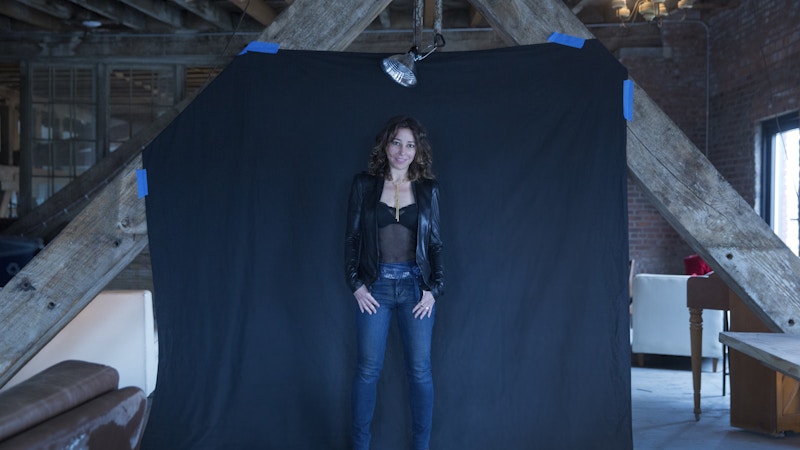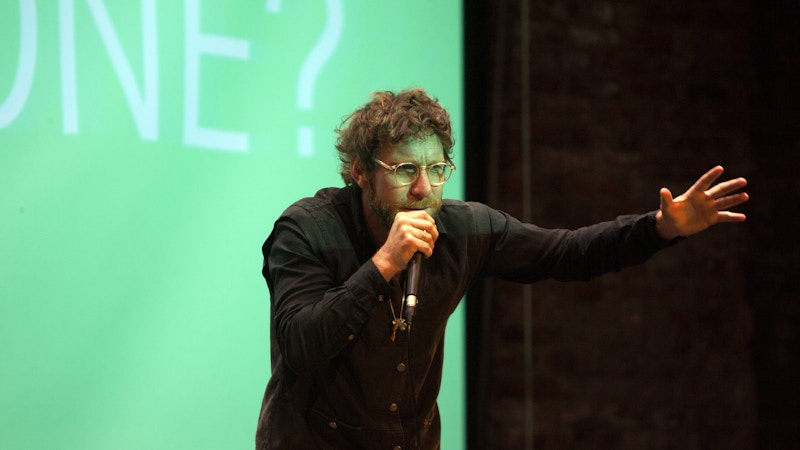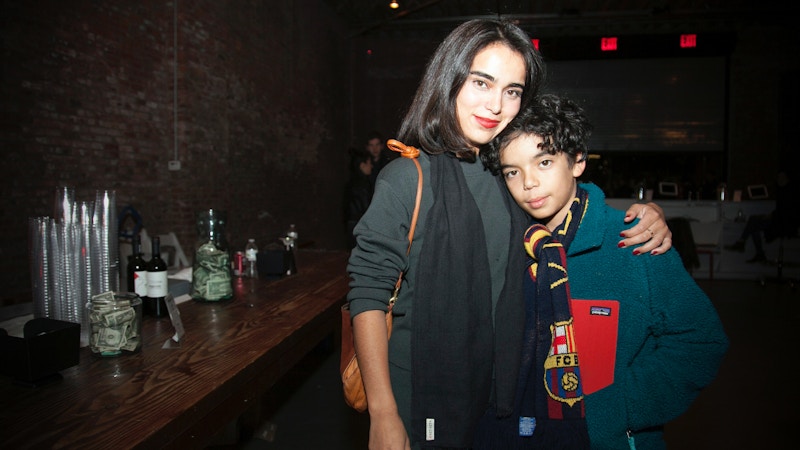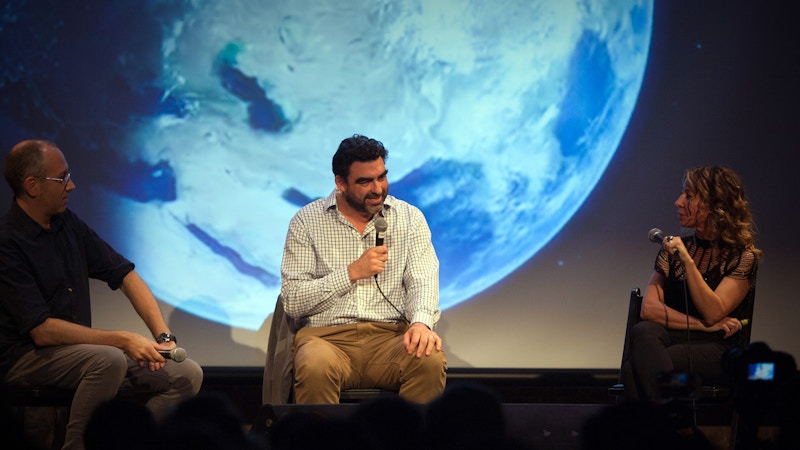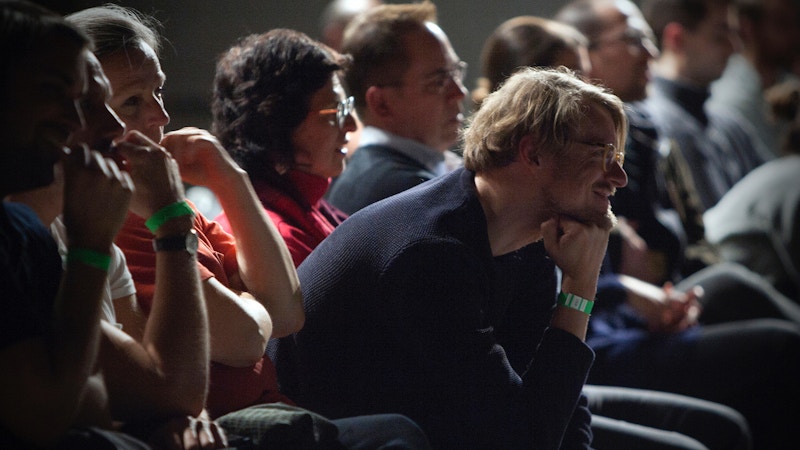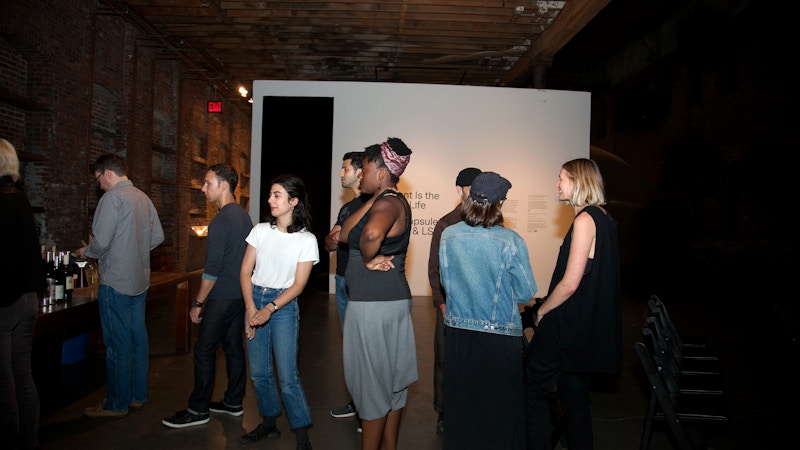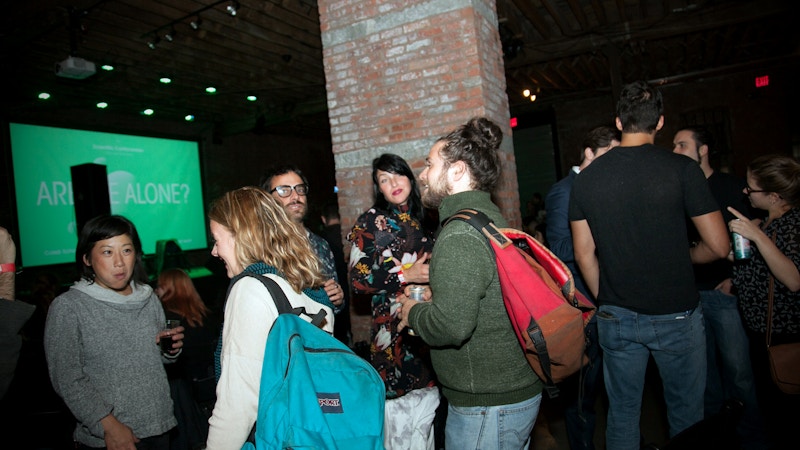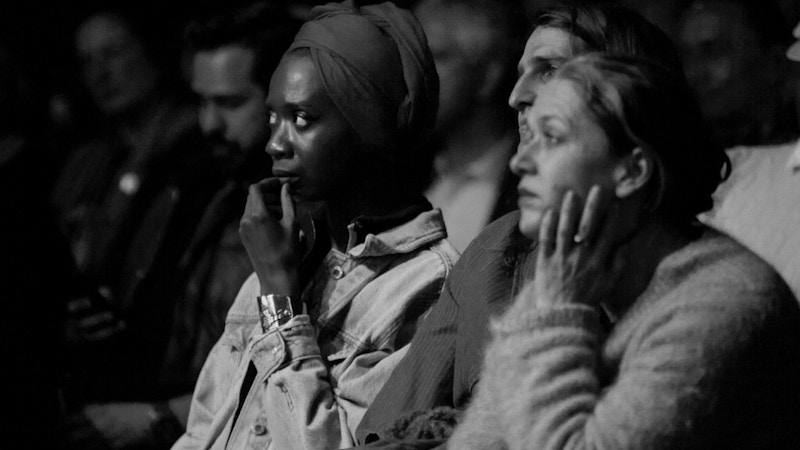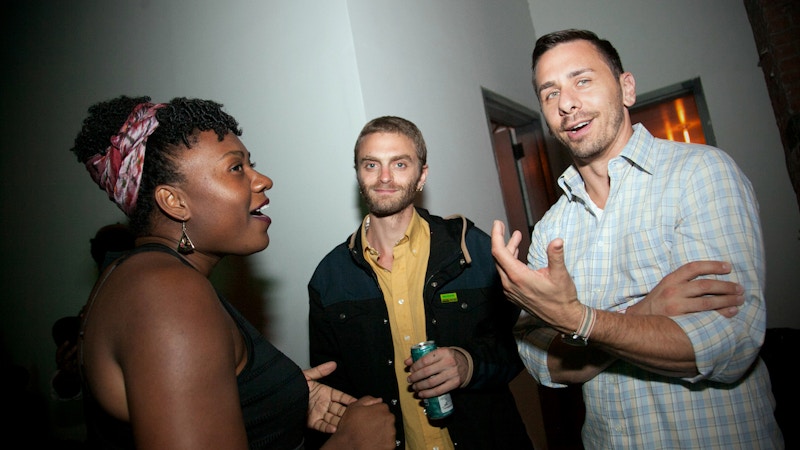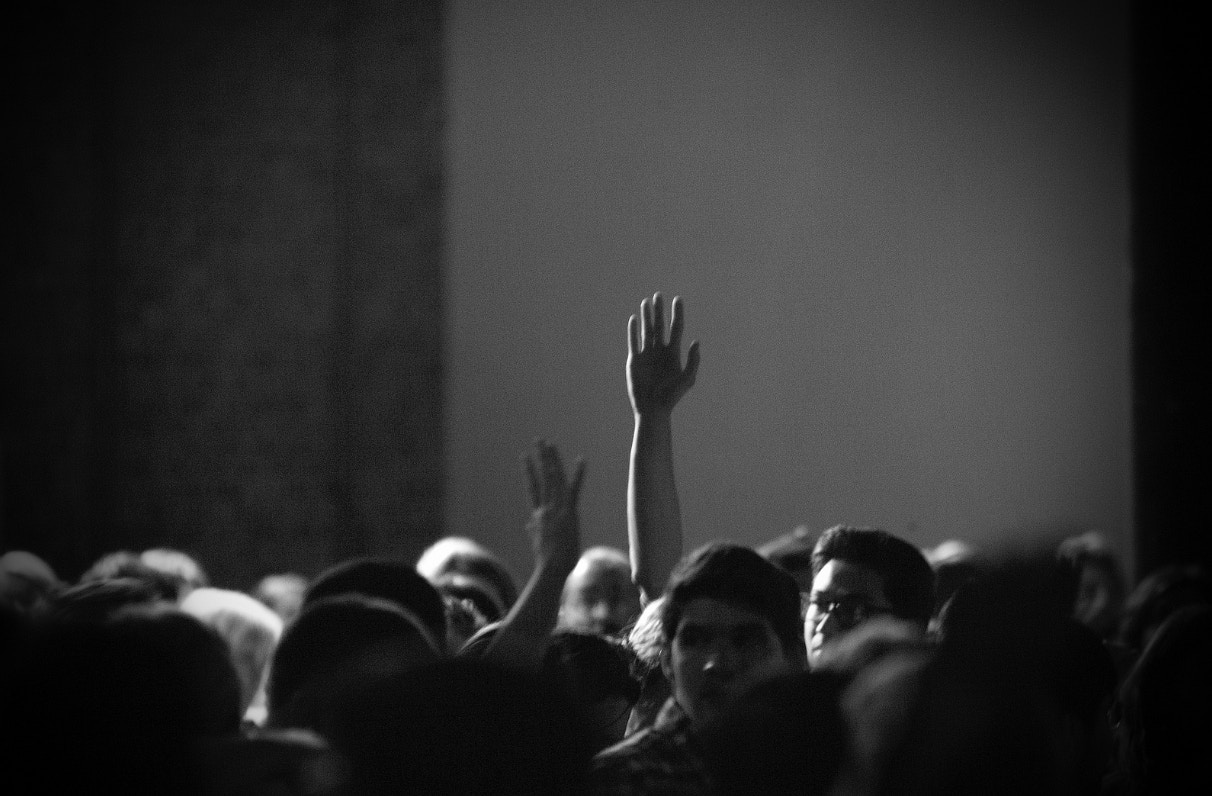
Embracing the Difficult: Scientific Controversies at Pioneer Works
The story of how a theoretical cosmologist from Columbia University launched a popular series of science conversations begins in an unlikely place: a dusty warehouse on a dead-end street at the industrial edge of Brooklyn, New York.
That site is currently occupied by Pioneer Works, a nonprofit cultural center that houses a residency program for emerging artists; critically acclaimed exhibitions; a printing press for a magazine; a broadcast studio and radio station; recording studios; and myriad indoor and outdoor spaces for concerts, workshops and lectures. But in 2011, when Pioneer Works founder Dustin Yellin bought the property, it was just an abandoned ironworks factory. Yellin, a visual artist, began a two-year renovation of the 27,000-square-foot space, and in 2012 Pioneer Works opened to the public. A New York Times column likened it to “a modern version of Andy Warhol’s Factory”; Vanity Fair described it as “part gallery, part think tank, part school, part science lab.”
By 2014, Yellin and his growing team of collaborators wanted to add more scientific heft to Pioneer Works’ intellectual ecosystem. They invited Levin to stage a science talk at the space, but a traditional lecture series was the last thing she had in mind. “I just felt like I have given so many talks, I literally couldn’t stand the idea of hearing myself speak,” she says. “Instead, I thought it’d be really fun to just get a couple of friends onstage and have a spontaneous conversation — there’s no preparation — on scientific topics that are unsolved.”
After writing a quick draft of her approach, Levin soon found herself onstage with physicists Max Tegmark and Frank Wilczek. They improvised their way through a discussion of the ‘many worlds’ interpretation of quantum mechanics (which implies that our universe exists within an endless ‘multiverse’ in which every possible configuration of reality is represented). “Our mics weren’t working, I wasn’t really sure how to do it, how to push the conversation along,” Levin recalls. “We were worried.” As it turned out, Levin’s one-off experiment was a hit, leading to Pioneer Works’ ongoing Scientific Controversies series, now well into its third year, with events typically attracting hundreds of attendees. Subjects of discussion — still delivered without preparation — range from the topical and applied (“Genetic Manipulation” and “One-Way Ticket to Mars”) to the conceptual and even existential (“Is Reality Beautiful?” and “Are We Alone?”). In addition to science fans, the remarkably diverse audience includes artists, designers and musicians, both young and old. Many in attendance don’t usually go to science events, according to Levin, who often interacts with the audience during post-show book signings, star gazing in the garden, or “chaotic” sit-down dinners.
Below, Levin — who now serves as director of sciences at Pioneer Works — explains the importance of trusting your collaborators and audience, especially when exploring controversial territory together.
Janna Levin in the Pioneer Works Science Studios. Credit: Beatrice de Géa for Quanta Magazine, which profiled her here.
Trust Your Audience, as told by Janna Levin
I have to repeat this over and over again: It is not a debate. I don’t know any two scientists who stand at a blackboard together and try to debate and win. What I wanted to do differently was to make it feel like you’re watching people think. I never say, “Oh, don’t go there, that’s too complicated.” We just take off.
Our recent conversation on consciousness [which featured neuroscientist Christof Koch and philosopher David Chalmers] was a lot of fun. We had booked it for the Friday of Memorial Day weekend, and I hadn’t exactly realized we had done that until close to the date. Then I was like, “Oh, wow, what did we do? No one’s going to be here; no one’s even going to be in town.” We had these two really significant people coming and didn’t want to disappoint them. But instead, I think we had 800 people attend. It was standing room only. There were some people who were still out in the garden during the conversation who were just like, “Whoa, it’s just too busy in there.”
That event was really exciting because it actually got contentious. Christof and David have very strong opinions, and they had clear points of disagreement. They got really animated because they could feel the energy of the crowd, and it was like a feedback loop. Christof would say that consciousness is an absolutely physical phenomenon, but it’s not reducible to the current laws of physics — we have to add something to the laws of physics to account for it. And I wildly disagree with that, so I would try to push him on it.
You could just feel that people were engaged and excited about the ideas. We had a bonfire and barbecue outside, so the entire audience was welcome to speak to these scientists and continue the conversation afterward. I bumped into somebody about a week later who told me, “I can’t stop thinking about it — I can’t stop thinking about the difference between awareness and self-awareness and consciousness and the self, and how these things evolved 350 million years ago but we don’t know where they’re going.” I love that — when the conversation just keeps going.
I think people often have this image of scientists as coming down from the mountain with a tablet of facts that they know, and of course that’s not at all what science is like. Science is about being frustrated by difficult questions, having an intuition, something that annoys you so you want to work it out. I wanted to display some element of that. What you’re trying to do as a scientist is learn from the other person, contribute an idea, change your mind. If you’re wrong, keep moving. You’re scaling the mountain together.
Stories of Impact highlight the real-world influences of Science Sandbox projects through personal narratives, videos and interviews. Discover more stories here.
